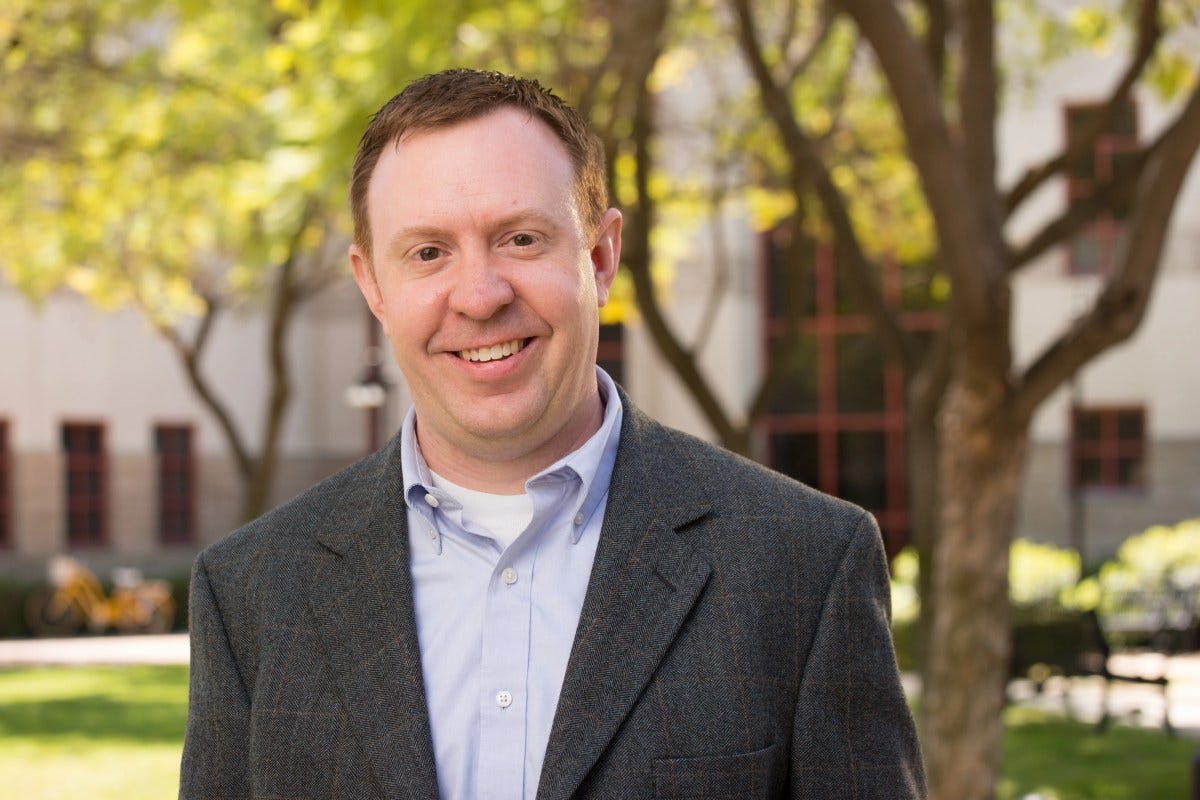From Exile to Return, with Patrick Mason
In our eighth and final video of Where Peace Begins, Patrick Mason shares what he's learned about creativity and peace from survivors of the Rwanda genocide.
No one shows up as a peacemaker all the time. Even those most committed to peace experience moments of conflict and alienation—from their communities, their loved ones, even themselves. Patrick Mason puts it plainly: “I’m a professor who teaches about peace, but I’m still learning what it means to be a peacemaker.”
If that’s true for all of us, then we don’t have to wait for perfect conditions before we begin the work of peace. The invitation is already in front of us: to restore love, to return to each other, to create conditions of peace where they don’t yet exist.
In this video, Patrick shares the story of women he met in Rwanda—survivors of unimaginable violence during the 1990s genocide. In the wake of loss, in the aftermath of devastation, they chose to create. They gathered together to weave baskets—not just as a livelihood, but as a deliberate act of restoration. Where there was a void left over, they decided to make something fresh, useful, and beautiful, a symbol of their hope in a better world a brighter future.
“These women that I met talked about how important it was—even in the midst of all they had lost—to create something.
What does it mean to create in the face of loss? What would it mean for you to weave your own basket of peace?
This is our last video in the Where Peace Begins series. We hope you’ve enjoyed the series. If it has made a difference to you, please leave a comment or send us a message.
Putting ideas into action
Having now watched all eight videos in this series, consider the following:
In thinking about conflict in your life, think about the conditions that you wish were different—maybe another person’s attitude or behavior, or for a specific life stage to end. Think of all the things you are waiting to change before you show up willing to build and restore love. Consider writing these down.
Now, think about what it would mean to stop waiting for the conditions to be right and begin creating the conditions of peace today. As you look at the list of things you wish would change, do you think they really need to? Where is your own agency involved? What can you create, despite all you can’t change?
If you imagine this conflict like being stuck on a treadmill—the same dynamic happening over and over again—what would it look like to hop off the treadmill and introduce a new dynamic? How can you show up in a way that would be creative, innovative, surprising, fresh, and transformative?
These videos have been an exercise in expanding moral imagination. As you’ve watched and listened to these eight stories, has your own imagination for how to work through conflict been expanded? Have any thoughts, intuition, or flashes of inspiration come to you? Write these down in a place where you can come back to it regularly. Trust your own moral imagination.
Patrick Mason is a professor of religious studies and history at Utah State University. Over the past two years he has worked with a group of faculty and students to create the Heravi Peace Institute, which seeks to train a new generation of peace builders. Along with David Pulsipher, he is the author of “Proclaim Peace: The Restoration’s Answer to an Age of Conflict.”





